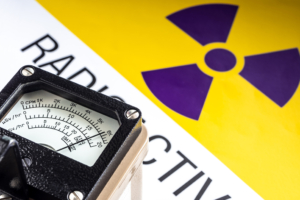SYNOPSIS OF TASKS TO BE PERFORMED BY OR UNDER THE SUPERVISION OF THE RSO
- Implement the radiation safety program.
- Ensure only licensed materials are on site and used as stated on the license.
- Ensure only trained personnel use the devices.
- Ensure trained personnel receive fresher training on a frequency established by the license or before performing work, whichever is earlier.
- Ensure personnel monitoring program as approved by the license is followed.
- Ensure security of gauges and prevention of unauthorized removal.
- Provide timely notification to appropriate agencies in the event of emergency, accident, damage to gauges or theft.
- Ensure annual audits are performed.
- Ensure any accidental or excessive exposures or unusual occurrences are investigated and reported.
- Ensure sources are leak tested timely.
- Ensure the license is amended, as necessary, to maintain the licensed activities at an optimum.
- Ensure postings are maintained and appropriate.
- Ensure documents are maintained and available for inspection.
- Drive the ALARA concept within the facility to personnel.
- Obtain a survey meter appropriate for the operations and that the meter is calibration annually by and authorized vendor. Perform operational checks on the meter prior to use.
- Perform inventory every 6 months (or at a frequency prescribed by the license) of each source holder.
- Be responsible for the receipt of any incoming packages of radioactive materials.
- Annually perform shutter checks.
- Ensure that the care and cleaning of the gauges is in accordance with the manufacturer’s instructions.
- Ensure lock-out/tag-outs of gauges are performed by Authorized Users during conditions outlined in the procedures.
- Other duties as required to enhance the ALARA status of the site.
Prepared by Ben Warren, AEC
